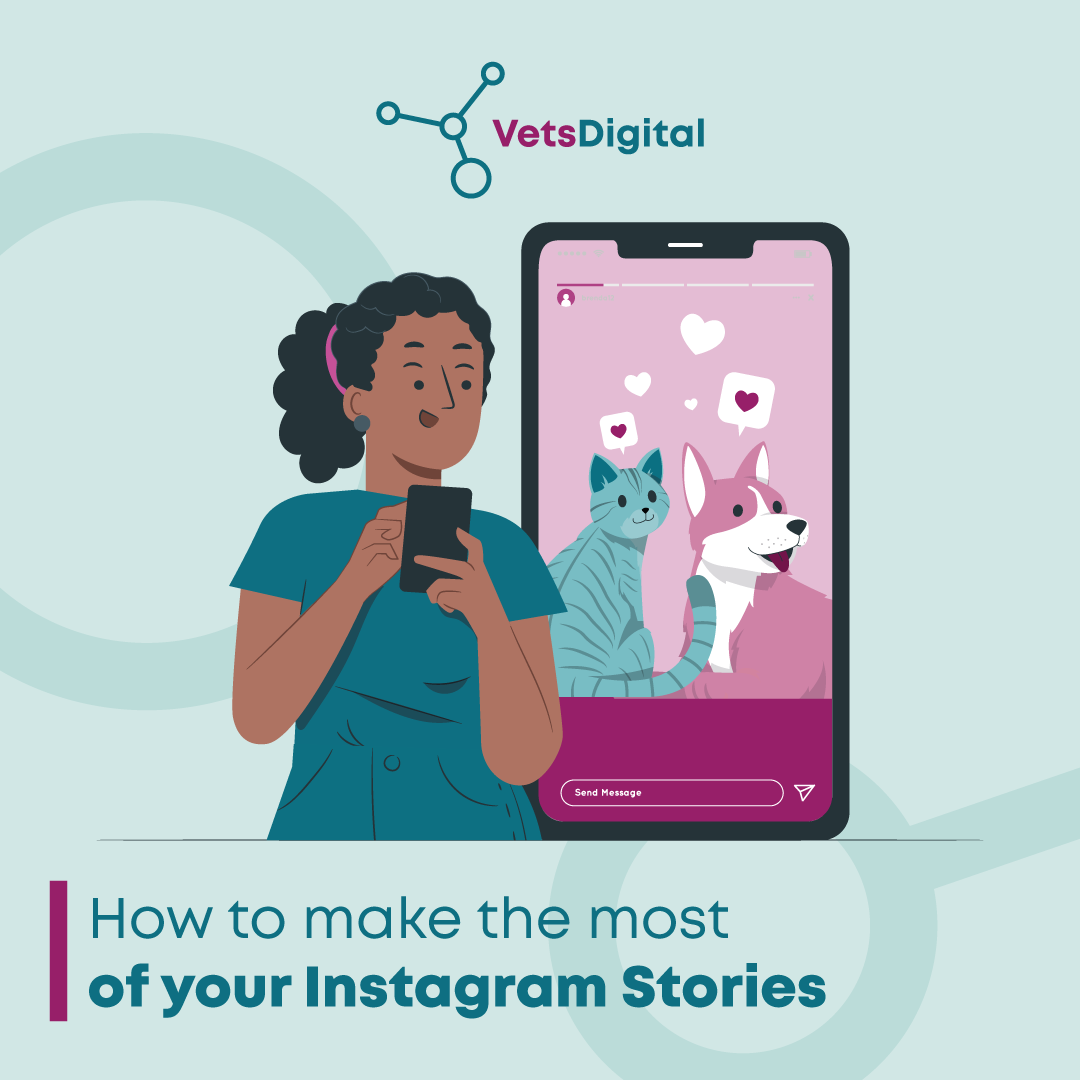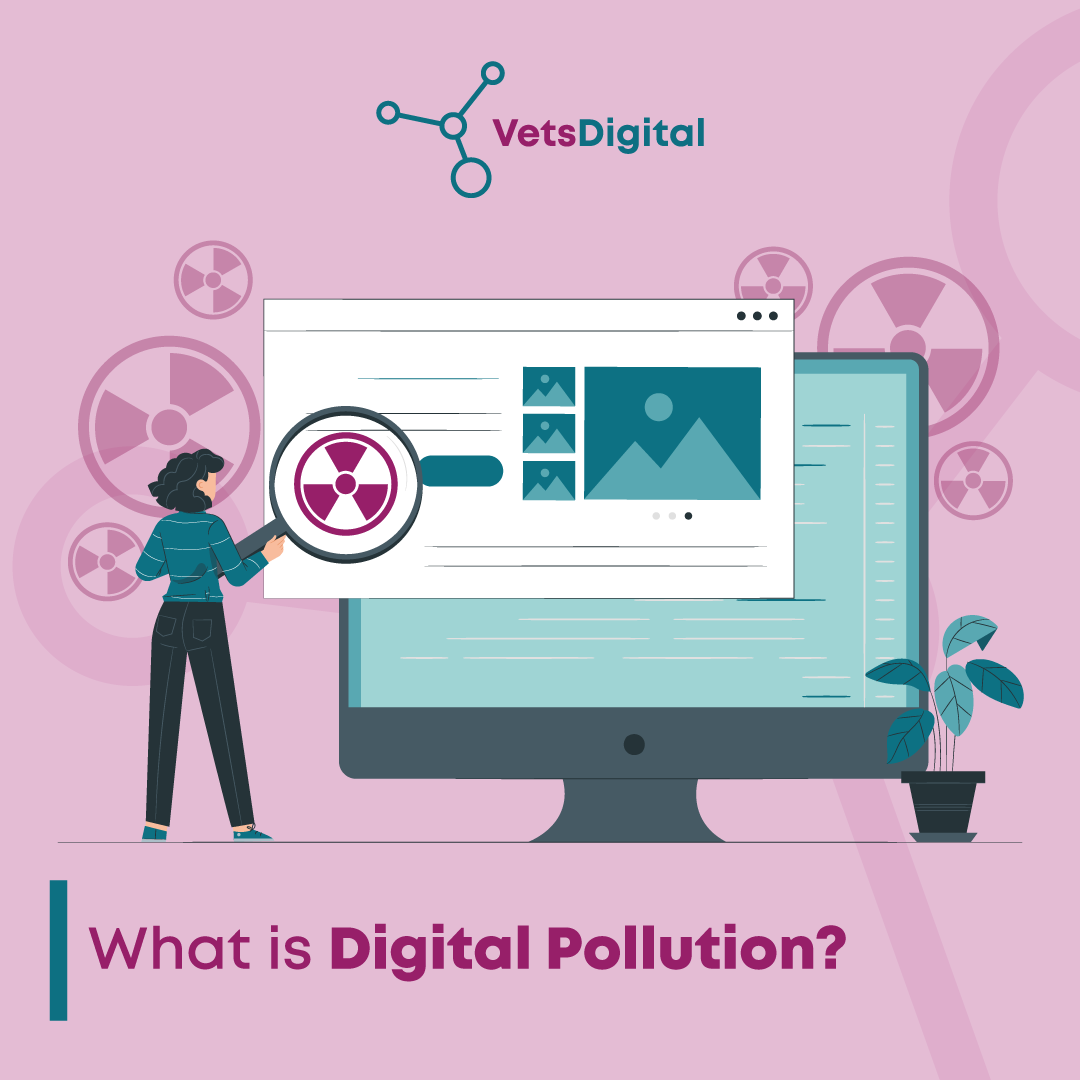Google ranking, Local search, News, SEO, Web Design,
Local SEO Part Two, Local Website Optimisation
If you read the first article in our Local SEO series, you’ll now understand why Google Places are so important, how to set yours up correctly and where to go for help. This article focuses on how to optimise your own practice website to improve your ranking for local searches.
If you have just one branch and therefore a single location, optimising your website for local search is simple and there are a number of ways to do it. If you can control the backend of your website (via a control management system – CMS – which you’ll have log-ins for), then you’ll be able to do some of the methods below yourself. Some you’ll need your web developer to do for you.
Improving your Website for Local Search
1) Make sure your full name, address and phone number (NAP data) is written on the homepage of your website. This must be text and not as part of an image.
2) Try to include your location plus your surrounding areas (where people will travel from) in the copy of your homepage. This must sound natural (try reading it aloud) or Google may suspect you of spamming. Include the location in your heading too (your H1 tag).
3) Update your meta data (these are text tags that are associated with the individual pages of your website). These include:
A title (60-65 characters). Make sure your practice name, location (and surrounding locations) and the word ‘vet/s’ features here.
A description (150 characters). This appears in SERPs (Search Engine Results Pages) and will aid your click through rate (CTR) so make it inviting to visitors.
And keywords (8 is about the right number). To improve local search these should include your location and surrounding locations and your practice name.
4) Add lots of details to your ‘contact us’ / ‘find us’ page. This can include embedding a custom Google map into your page (use Google My Places or Mapfolio for WordPress websites) and adding directions to your practice – this will let you mention all sorts of local landmarks that will help Google to place you.
5) Geo tag your images using Geo tagging software such as GeoSetter. This lets you add longitude and latitude to your photos; another signal to Google.
6) Create reciprocal links with local businesses. Ask other businesses in your area to add a link to your website and do the same for them. When writing the link, add the name of the business but also the location – for example ‘Roger’s Feline Palace, London’.
7) Link your homepage to your Google+ Business page.
8) Consider changing your domain name (website URL) to include your location. For example, rather than www.rogersfelinepalace.com, www.rogersfelinepalacelondon.com, or even www.cathotellondon.com.
9) Write blog posts about local events. This will give you the opportunity to add in location keywords and the events that are likely to be searched in your local community.
More than One Location?
If your practice has branches in more than one location then optimising your site for local search is a slightly bigger, but incredibly worthwhile, task.
Your solutions are either Microsites or Individual Landing Pages for each branch.
Microsites
A microsite is a whole new website for each of your branches. The downsides of this are obvious: cost involved to create them and time involved to update each one. The reasons microsites are worth considering include:
1) You can perform each one of the 9 steps above on each site and have a very powerful location based presence for each of your branches.
2) If your practice is a large, corporate business, individual microsites can each have their own design, look and feel – potentially making your branch much more inviting.
3) If your offers and promotions are individual to each branch, microsites will avoid confusion for visitors.
4) Multiple websites = multiple rankings in Google!
Landing Pages
A landing page is simply another page of your existing website, but hugely optimised (in this instance, for location). Landing pages are much cheaper and easier to build and maintain. For location based landing pages, they are usually designed to look like the homepage of your website and therefore include the same navigation (meaning none of the rest of your website will be branch-specific). Separate landing pages for each of your locations will let you do the following:
1) Optimise your homepage copy for individual locations, rather than bombarding your copy with all your locations and diluting it for Google.
2) Have a location-specific URL (subdomain of your website URL).
3) Have branch-specific offers displayed on this page
4) Have location details, map, directions etc displayed on the page.
As a landing page is designed to hold lots more location-specific information than a microsite (where the information is spread across the whole site), there is an argument that a landing page may be a better tool for your local SEO strategy. But both have their pros and cons!
But Don’t JUST Optimise for Google!
The list above is not exhaustive and there are many more things you can do your website to improve local SEO. Remember to sometimes think outside of Google and think about humans and conversion too – what can your website offer that will get potential clients registering with you. Think calls to action, staff profiles etc. In other words; use Google to get people to your website, but remember that’s not the final aim!
Part three of our Local SEO series is on Local Online Advertising.






